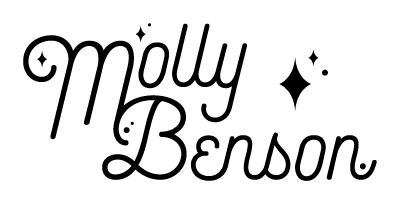How to Run a Painless Meeting
Interests include donuts, cheesy action movies, and short meetings. Here are some things I learned after 10 years and a billion meetings in-house, and how I run my meetings now that I’m in charge.
Be prepared
Spend 10 minutes before the meeting getting your life together. Know what you’re going to ask, open the files you’ll need, get your note taking equipment ready, anticipate what questions someone might have, know your next steps. Be on your toes and get out of there fast!
Be human
Unless your meeting is with Queen Elizabeth or Beyoncé, you don’t have to be super formal. Be friendly, be funny, be a person. Ask how the weather is. If someone’s dog wanders into frame, freak out about how cute it is. We’re all just people doing jobs! Live a little!
Have a reason
There’s a reason “this meeting could’ve been an email” is a common joke now. Here are 3 reasons to actually have a meeting:
You need to exchange ideas in real time. When I start a big new project, I have a discovery session with the client where I ask a bunch of questions, and those lead to more questions, and then they ask me some questions, and then everyone leaves pumped up and with a plan. Can’t do that over email!
You’re on a tight deadline and someone needs to review something. It can be helpful to have a meeting for a simple review just so that everyone has a time on their calendar to review that thing, and they’re held accountable to it. You can discuss it in real time and leave with a list of edits. It doesn’t have to take long — it can be 5 minutes! The point is to have that 5 minutes set aside.
You aren’t on the same wavelength. Sometimes business speak is awkward and emails get weird. If you can’t pick up what someone’s putting down, then it’s helpful to see each other’s faces. Smile! Work it out! You probably don’t actually want to burn your contract and run away.
Run that sh*t
If you’re running the meeting, then run the dang meeting. In your initial invite, be clear about what you’ll talk about and how long it will take. After some pleasantries, reiterate what’s about to happen and then lead the discussion. Get people back on track if they wander off. You’re the boss.
Giving everyone a heads up about what will happen in the meeting also helps more introverted people (hi, that’s me) contribute. Knowing what’s coming gives them a little time to mentally prepare and helps avoid the dreaded brain freeze. And always let people know they can contact you with thoughts and ideas by email after the meeting is over. Sometimes that great idea is easier to convey in writing or comes right after you hit “End Meeting.”
Skip the visuals
Unless you’re actually discussing something visual, skip the slideshow. Let’s be honest – they’re kind of pointless and distracting, and Powerpoint is one of the most awkward programs ever made. They’re mostly there to give everyone something to stare at when they’re bored, and the whole point is to not be there long enough to get bored. Save yourself the struggle and skip it.
Leave with an action plan
If at least one person doesn’t leave your meeting with a clear task and a plan on what happens after that task is completed, then what were you even talking about? That could’ve been an email. I also like to leave a meeting with the next meeting scheduled. It keeps things moving, which means you’ll one day actually finish the project. No ghosts here.
Super excited to have a meeting now? Send me a message!
